Table of contents
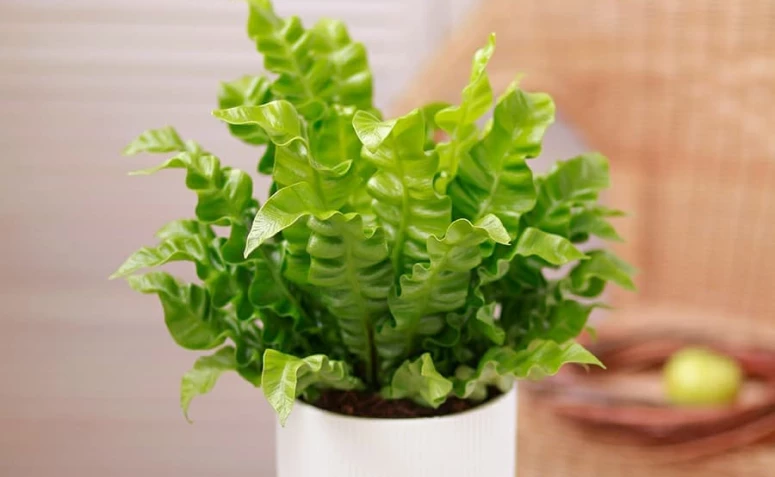
Asplenium is a foliage plant and a distant relative of the fern. This plant originated in South and Southeast Asia and can be planted in pots or directly in the ground. In this post you will see what the asplenium is, its types, how to care for it, and also 30 ways to harmonize this plant with your decoration.
See_also: Begonia rex: how to take care of this plant and use it for decorationWhat is asplenium
The asplenium or asplenium nidus is a plant of Asian origin. Moreover, it is a distant relative of the fern, which is why this plant is also known as the bird's nest fern, due to its shape.
Because it is native to a tropical and humid region, the asplenium should stay in a shady or semi-shady area. Its main function, nowadays, is to beautify houses and gardens. Besides this, the bird's nest fern is epiphytic, that is, it grows clinging to trunks, rocks, or trees.
The color of this plant is light green and very shiny. Moreover, its leaves are arranged in a rosette. Its leaves have a spear shape and are rigid. In certain species, they can be more wavy or smoother. The characteristics will change according to the type of plant.
Types of asplenium
- Asplenium nidus: This is the most common type of asplenium. Its leaves can resemble a banana tree, but they are between 50 cm and 150 cm long and can be up to 20 cm wide. Its central stem is darker and in some cases can be black.
- Asplenium antiquum: This type is also known as Asplenium Osaka. Its leaves are curly and very long. In nature, it can reach up to one and a half meters in size. In addition, there is a variation of this species whose leaves are smooth. It differs from the Asplenium Nidus species by its uniformly wide leaves.
- Asplenium australasicum: This species was first documented in Australia, hence its name. Its leaves are between 40 cm and 80 cm long. They are lance-shaped and predominantly smooth. It can be distinguished from the classic asplenium by the roughness in the center of the leaves.
- Asplenium crissie: The main characteristic of this plant is its leaves, which are branched at the extremities, smooth and rigid. Like all asplenes, it does not need much maintenance and does well in low light.
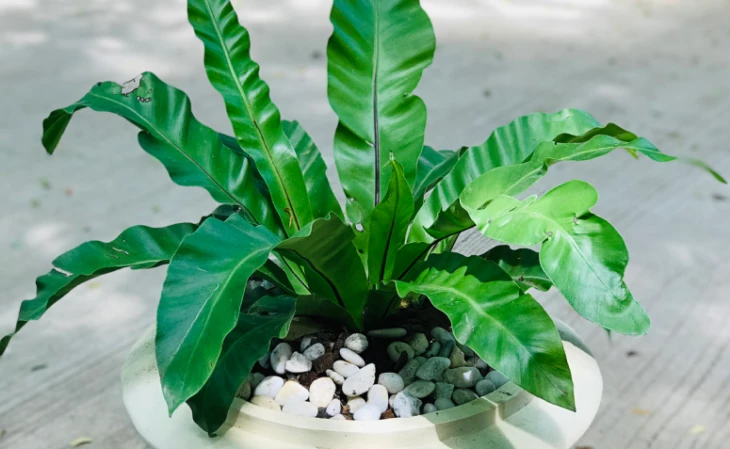
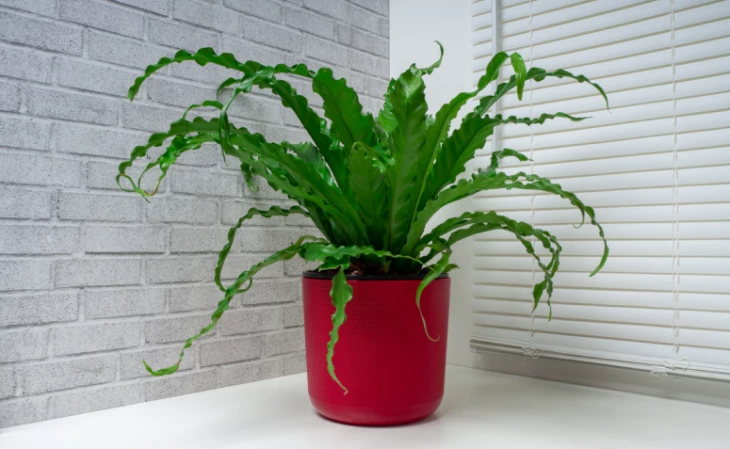
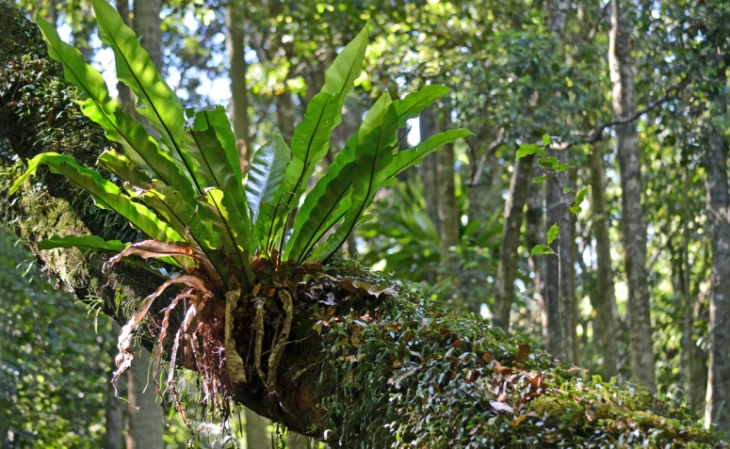
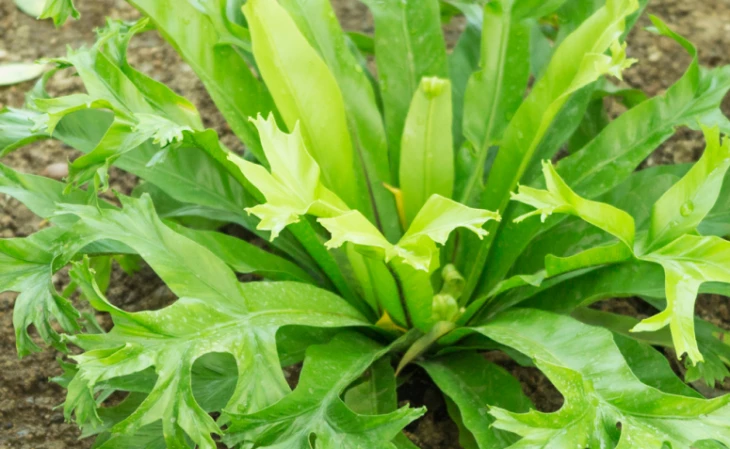
All these species of asplenium may seem difficult to maintain. However, this plant does not require much maintenance and is adaptable to various environments. Still, it is important to know how to care for your new plants.
How to care for asplenium
One of the biggest frustrations for parents of plants is when one of them dies, either by lack of water or, let's say, by an excess of love. Therefore, when acquiring a new inhabitant of the home jungle, it is very important to know what the main care and maintenance procedures are. To do so, watch the selected videos:
How to care for asplenium
The agronomist Gaspar Yamasaki, from the Cultivating channel, teaches how to take care of the asplenium, which is a distant relative of the fern, and is recommended for people who are beginning to garden because it is easy to care for.
How to grow asplenium
Pathy, a youtuber, answers several questions about the favorite plant of the moment: the asplenium. Among the questions that Pathy's Channel video answers are: what is the right environment for this plant and how to make asplenium seedlings. To answer these and other questions, watch the video about this plant.
What is asplenium
This plant has been increasingly successful, so the landscape designer, florist, and youtuber, Nô Figueiredo, explains what asplenium is, what its characteristics are, and how to make seedlings.
How to plant asplenium
Although it is an epiphyte plant, asplenium can also be planted in pots.
See_also: How to organize the refrigerator in a practical and functional wayWith these tips it will be much easier to give your new plant a long life. From now on your only concern should be how your foliage will look in your home decor.
30 asplenium pictures that will make you fall in love
When someone arrives with a new plant from the street, it is important that the new inhabitant of the house is comfortable. Also, it must make some sense in the room it will be in. So, check out 30 ways to use asplenium in decoration!
1. asplenium is a plant of Asian origin

2 - Specifically, it is native to Southeast Asia

3. this plant is also native to other regions
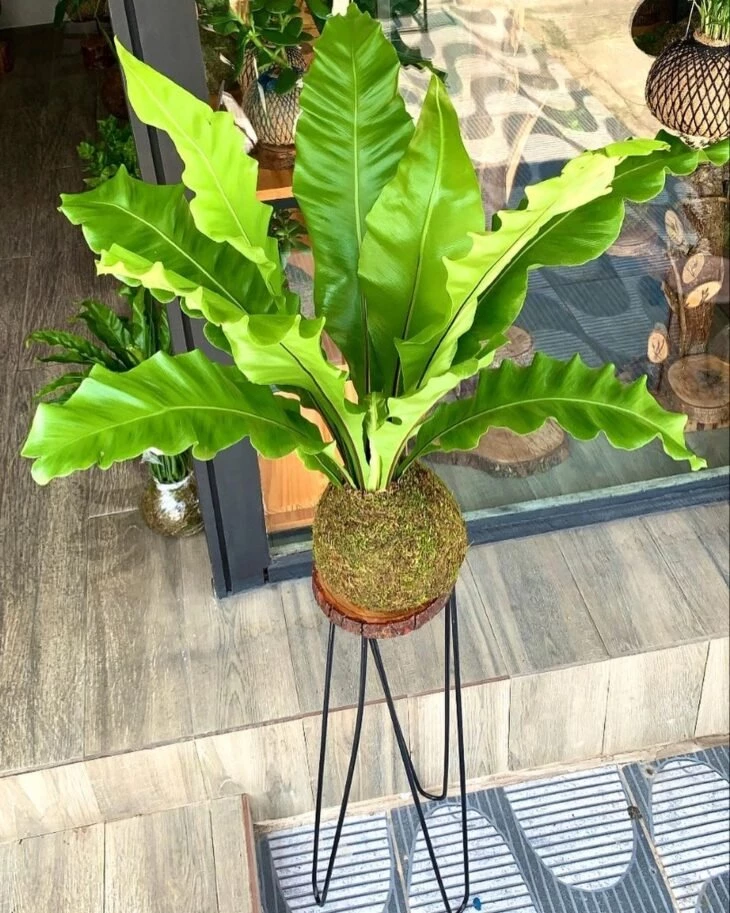
4. for example, the West African continent, Madagascar and Australia

5. the asplenium has characteristics reminiscent of its distant relative
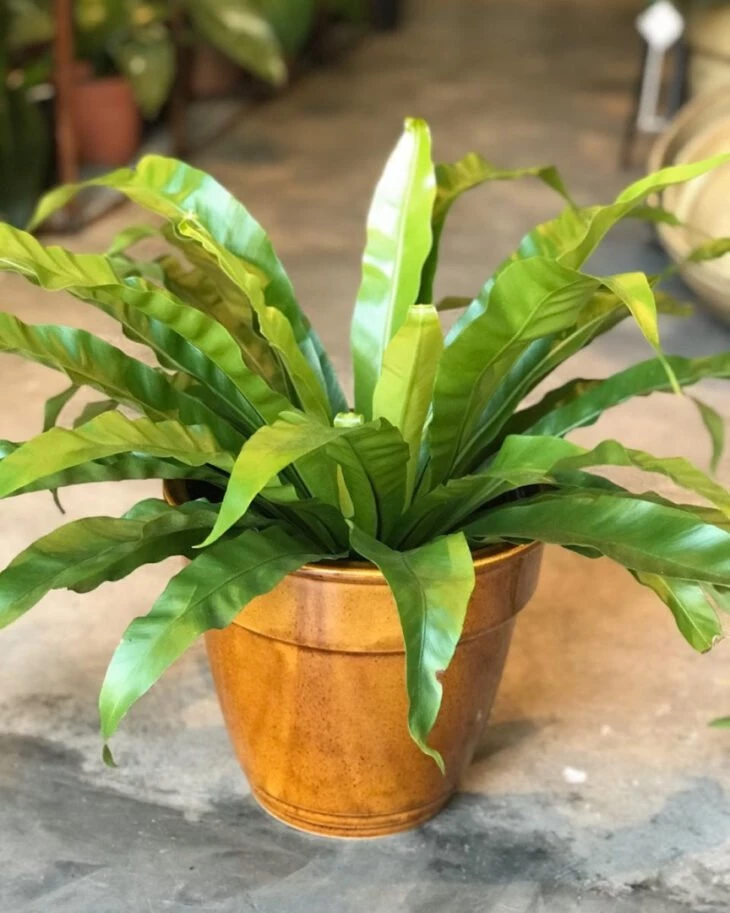
6. the long, rosette-shaped leaves is one of them
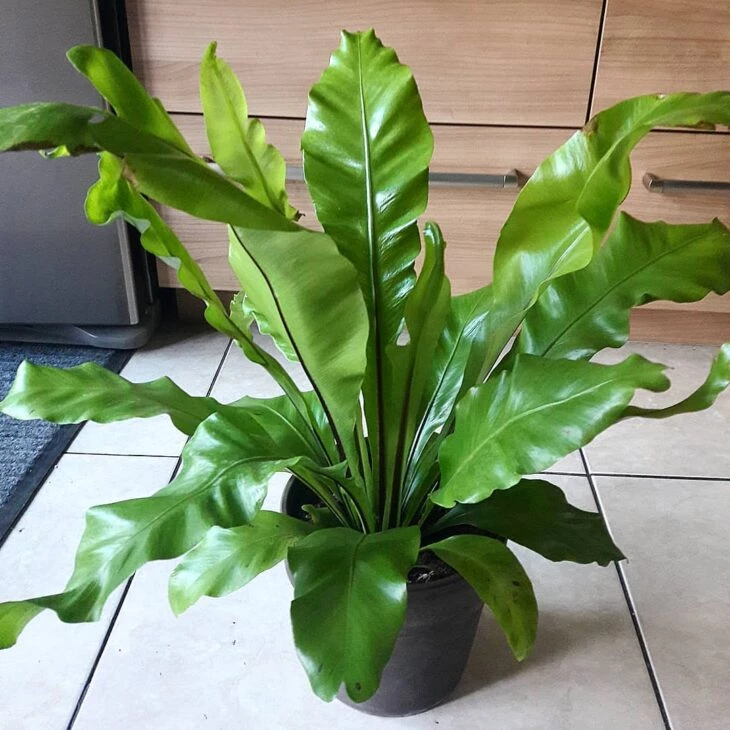
7. however, in almost all varieties, its leaves are entire
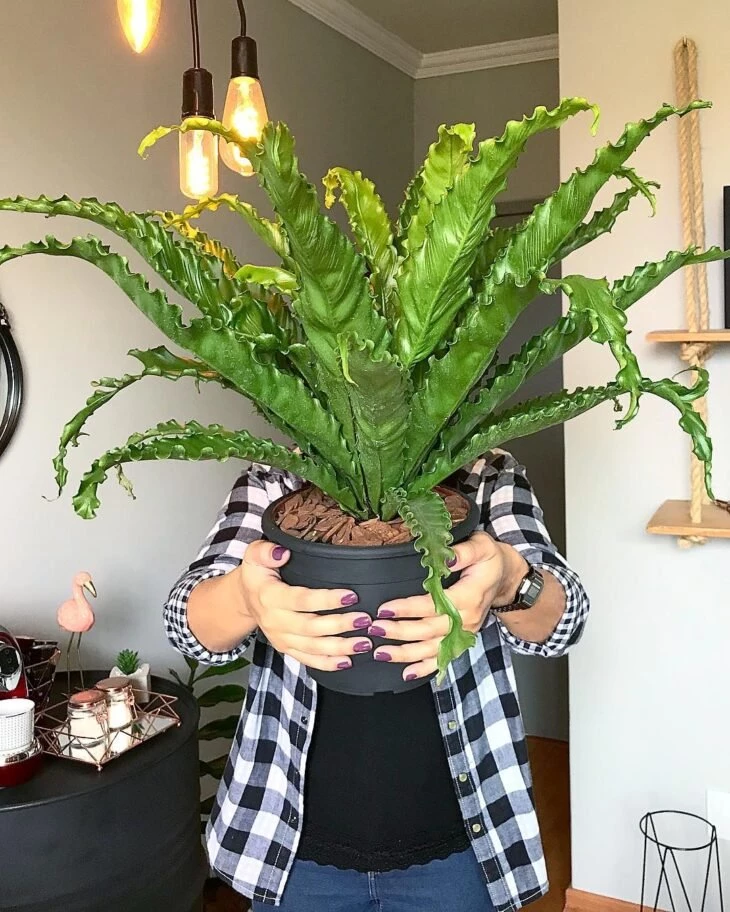
8. some of them may be curly on the sides
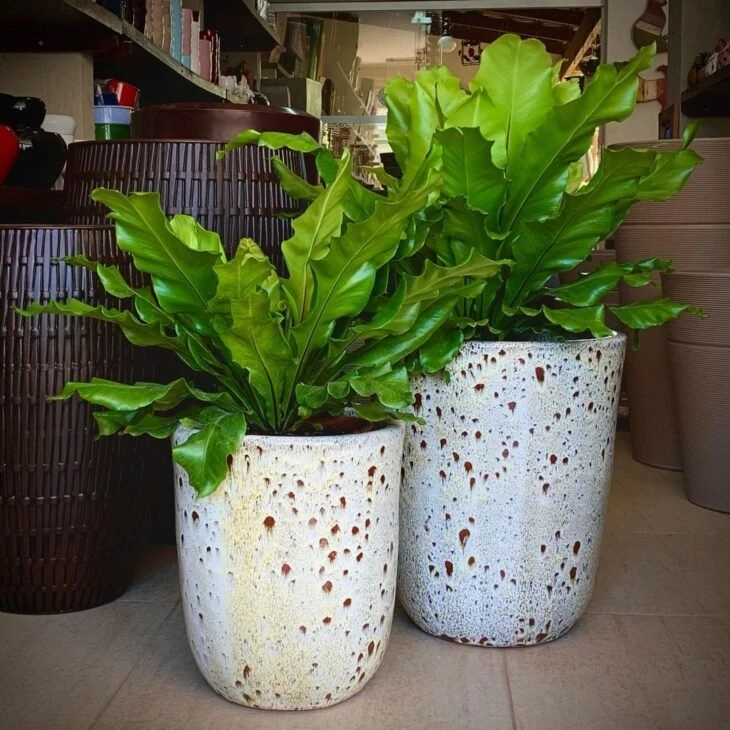
9. in other cases, the leaves are smooth and wider
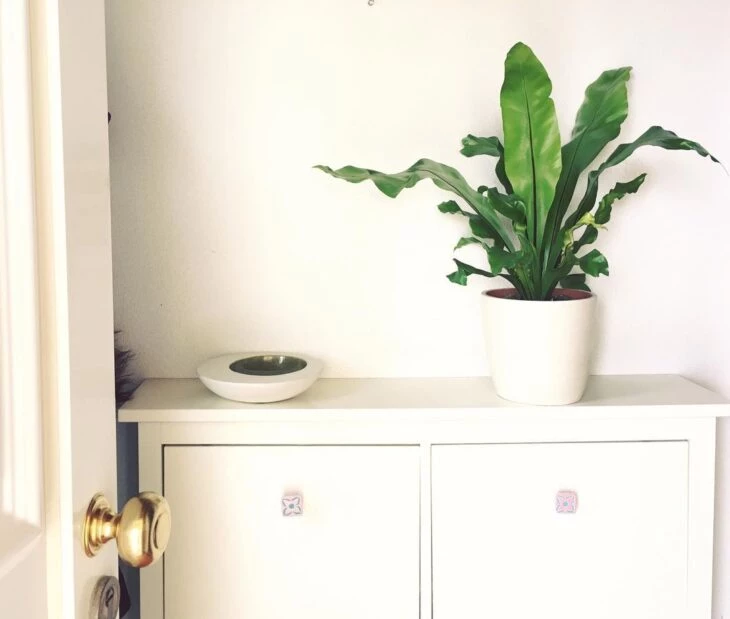
10. asplenium is a very slow growing plant
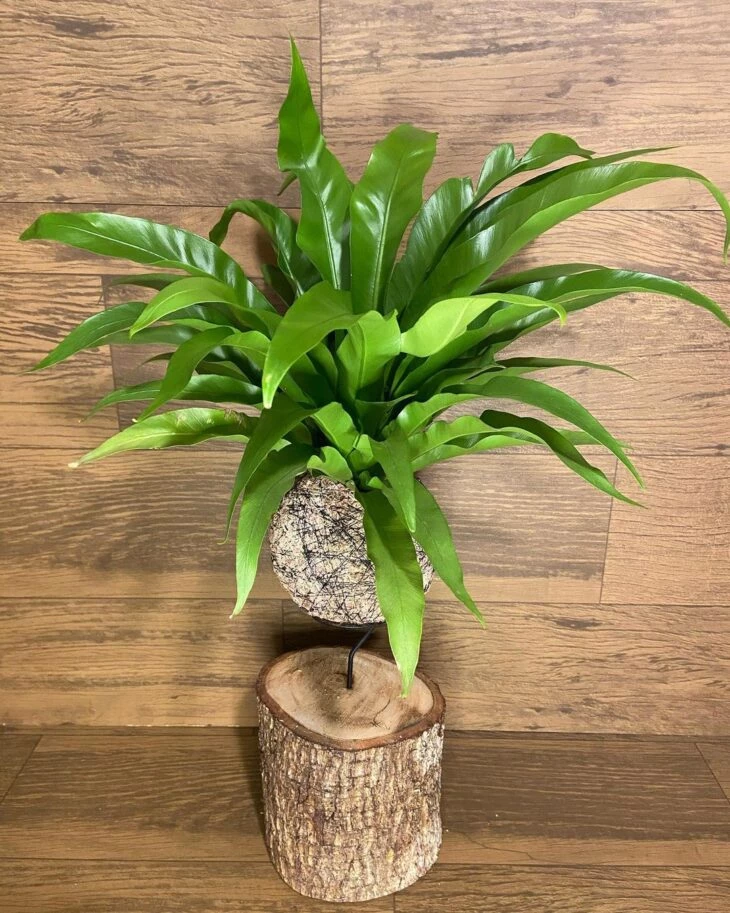
11. so it takes patience for it to get big and showy
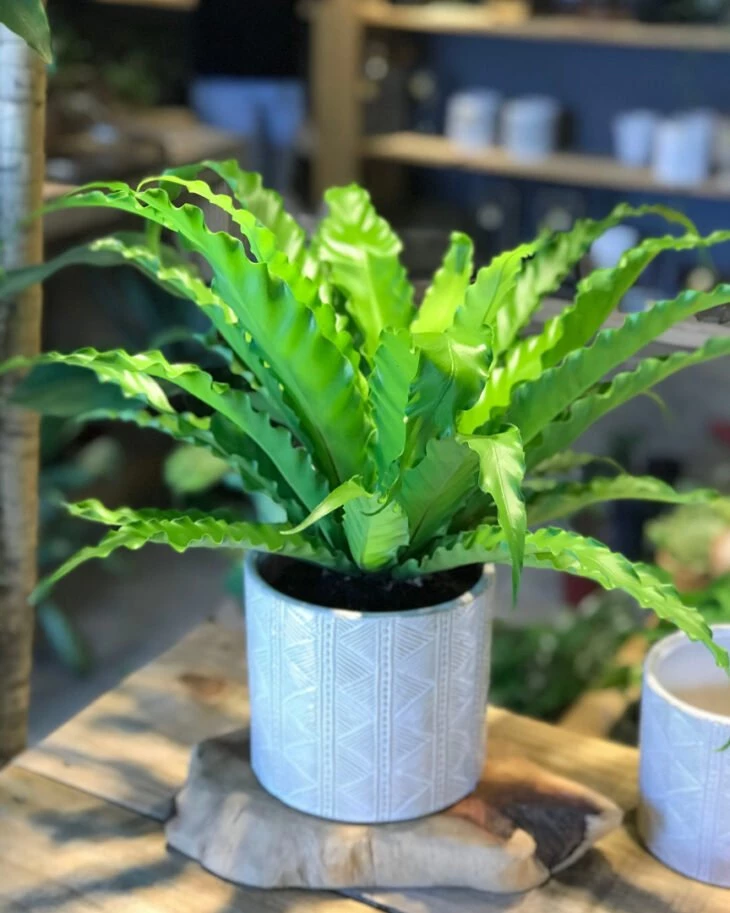
12. at times, it may seem as if it won't work out
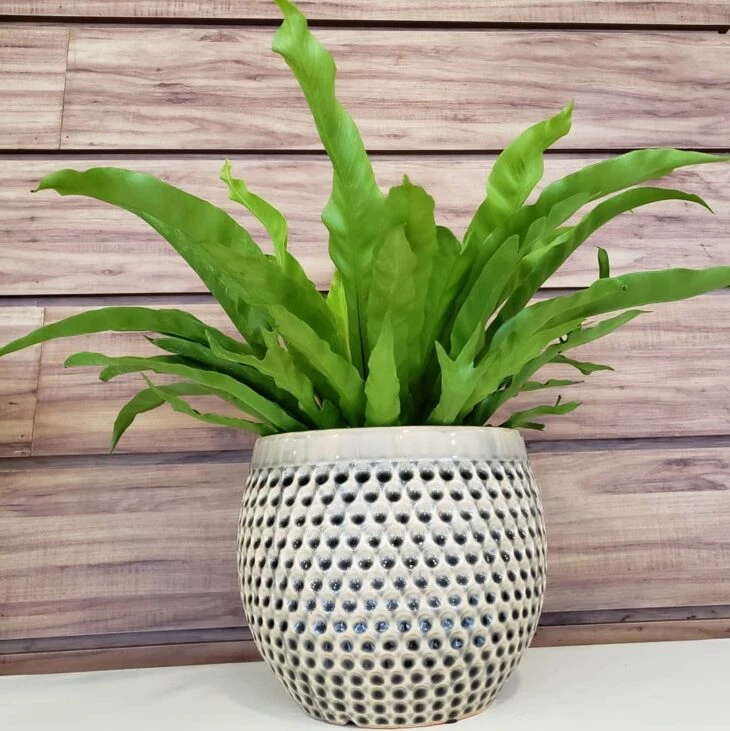
13. but for your asplenium to be awesome, you need to use the acronym AAC
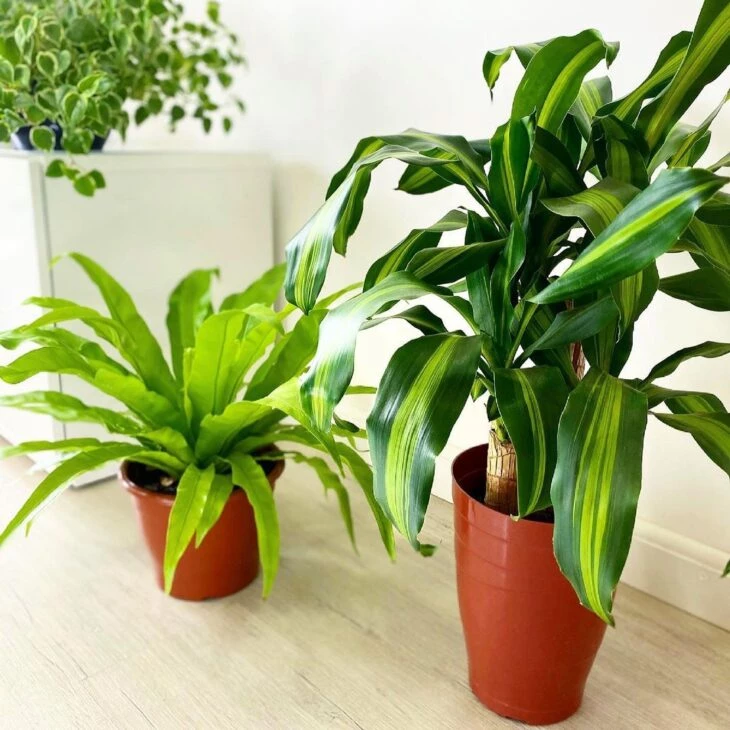
14. that is, Love, Attention, and Affection
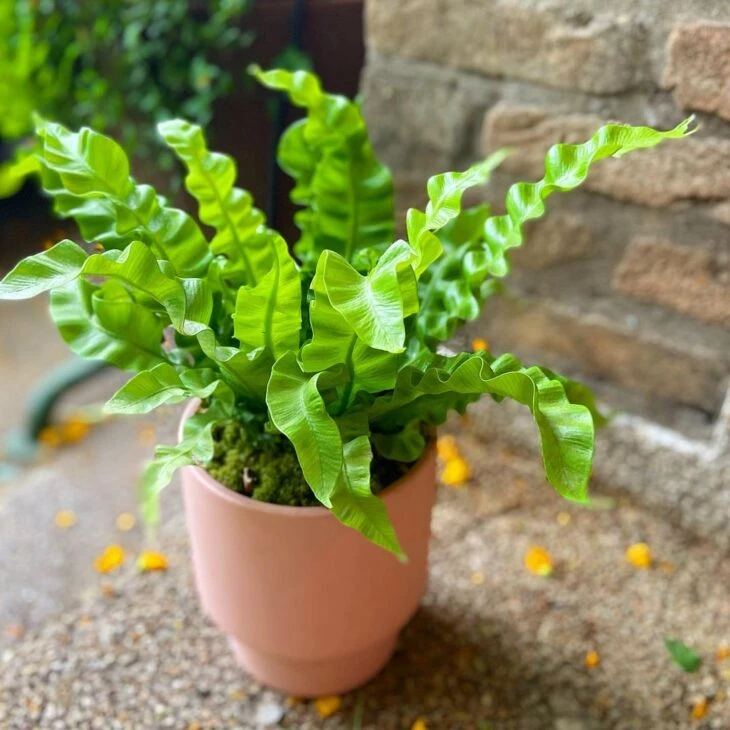
15. furthermore, it is necessary to be careful with the watering time
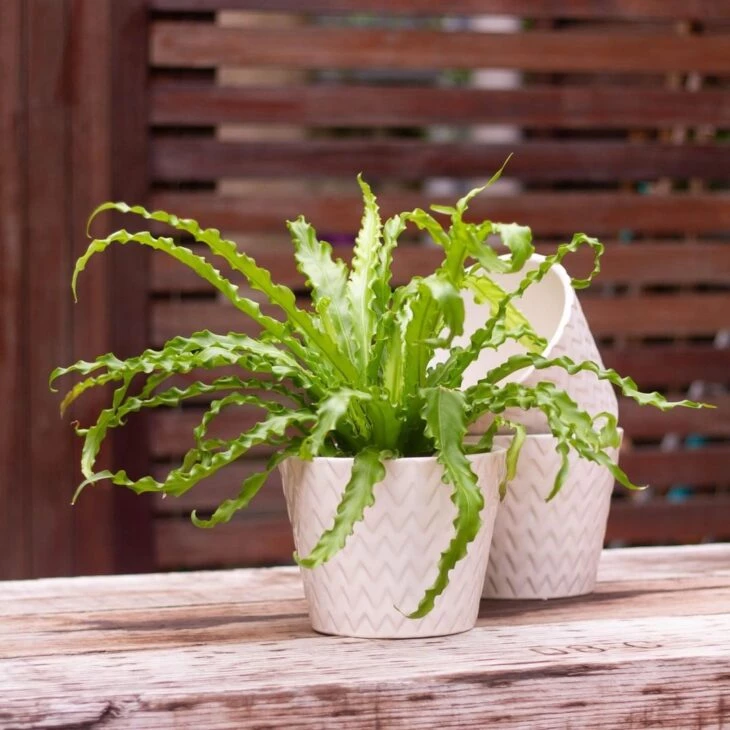
16. receiving too much water can be harmful
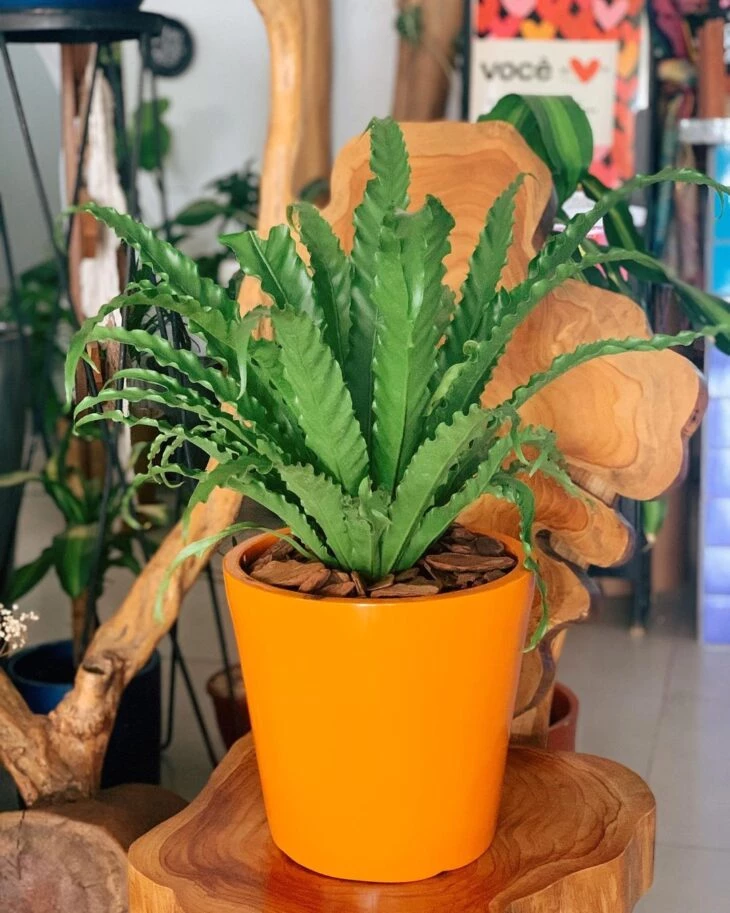
17. in the worst case, the roots can rot
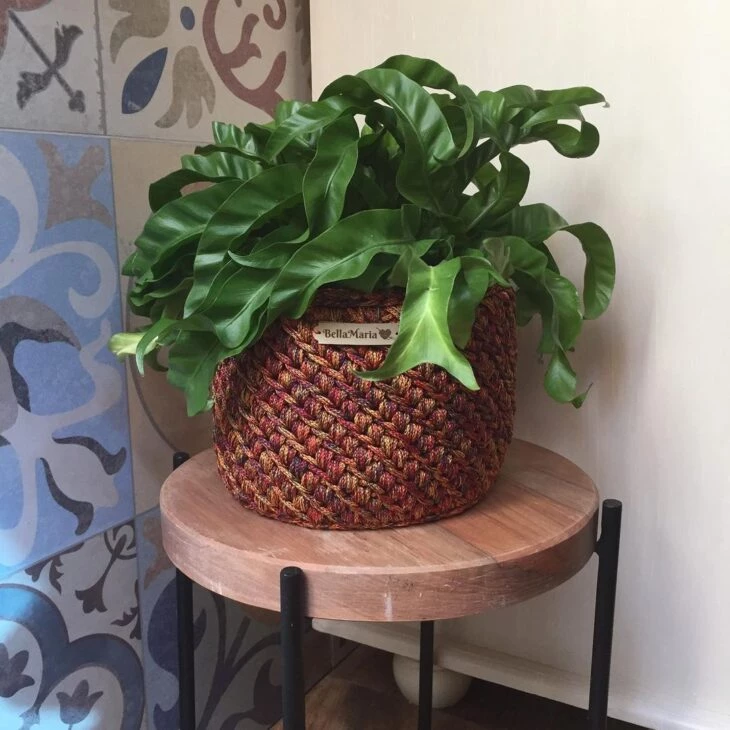
18. this can be irreversible and lead to the death of the plant
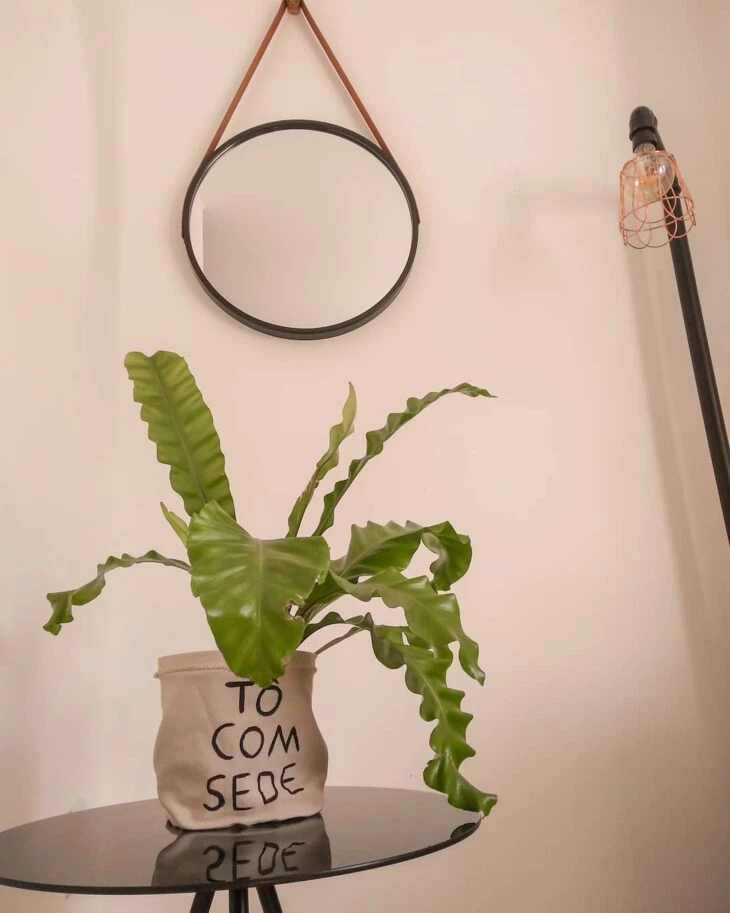
19. however, too little water makes the roots too dry

20. this result is also bad and may be irreversible
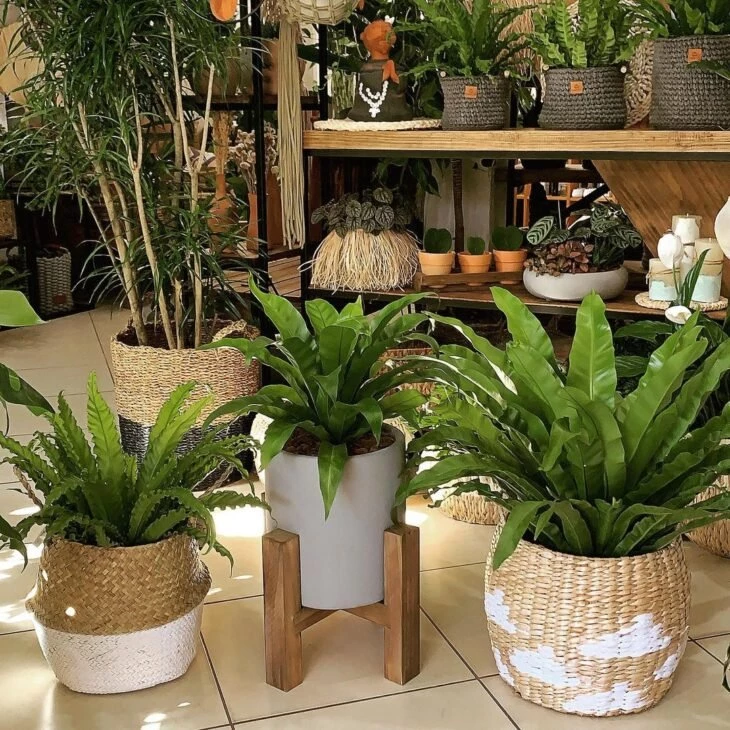
21. asplenium is a plant of tropical origin
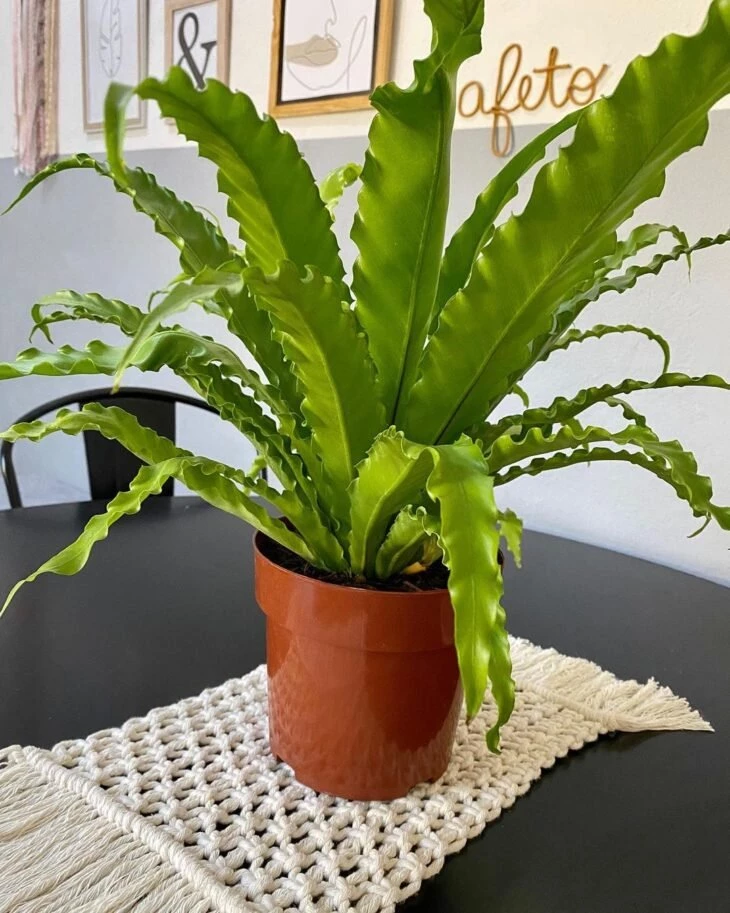
22 For this reason, its soil or substrate must always be moist
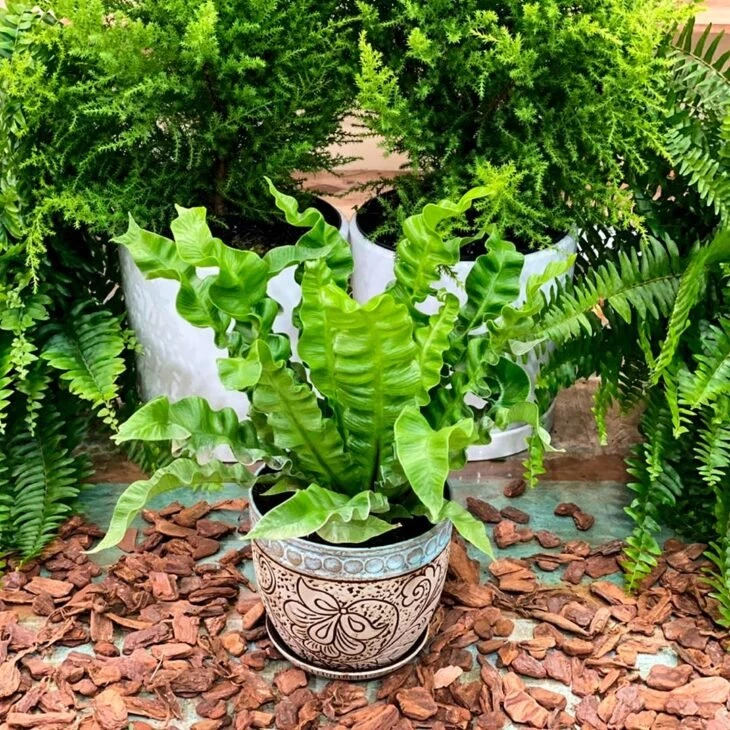
23. in this case, the golden tip is to put your finger in the soil before watering
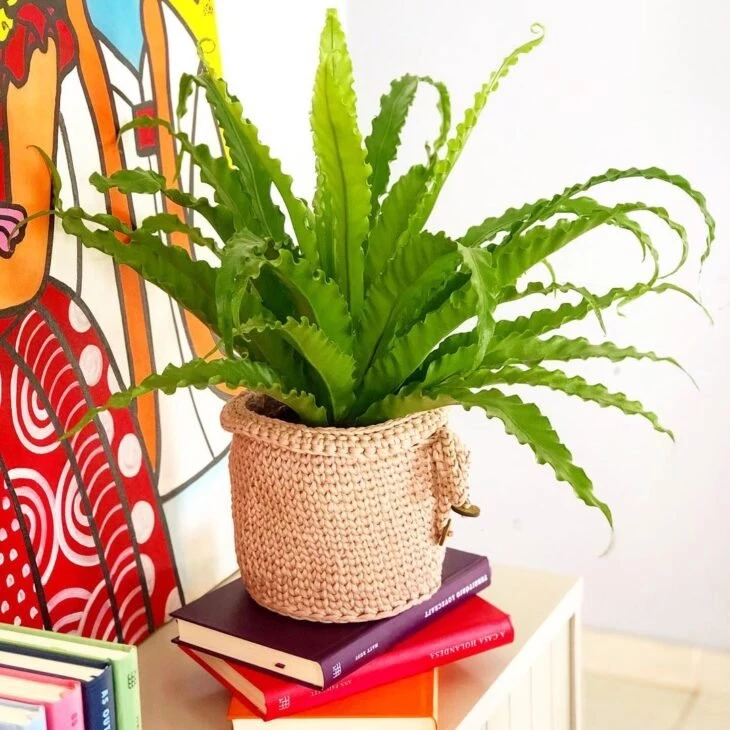
24. if it stays between wet and dry, your plant is thirsty
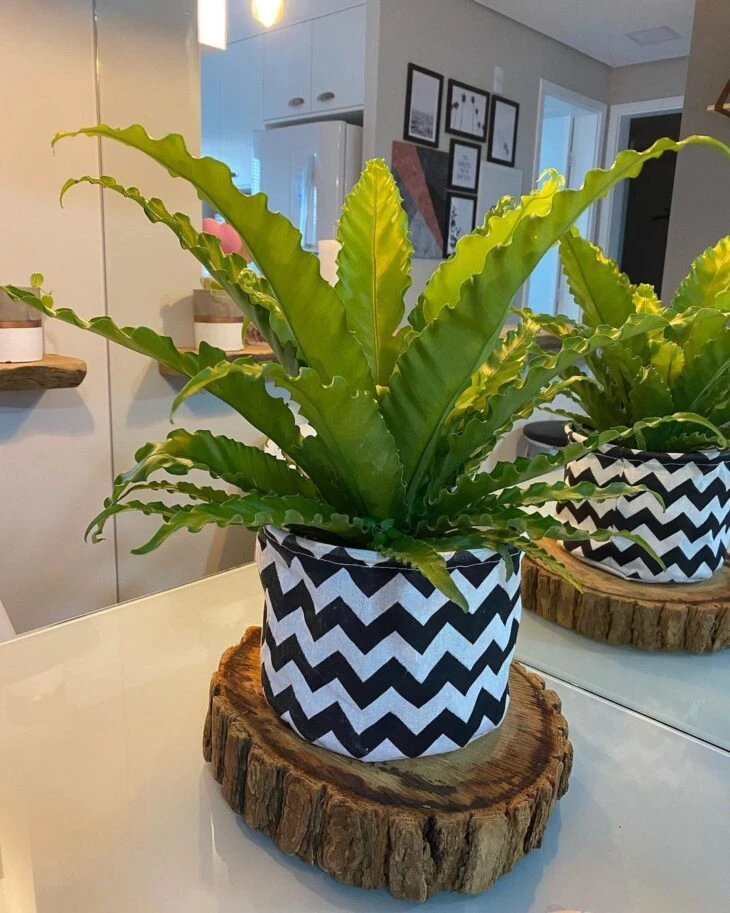
25. it is important to remember that watering must be done directly on the ground
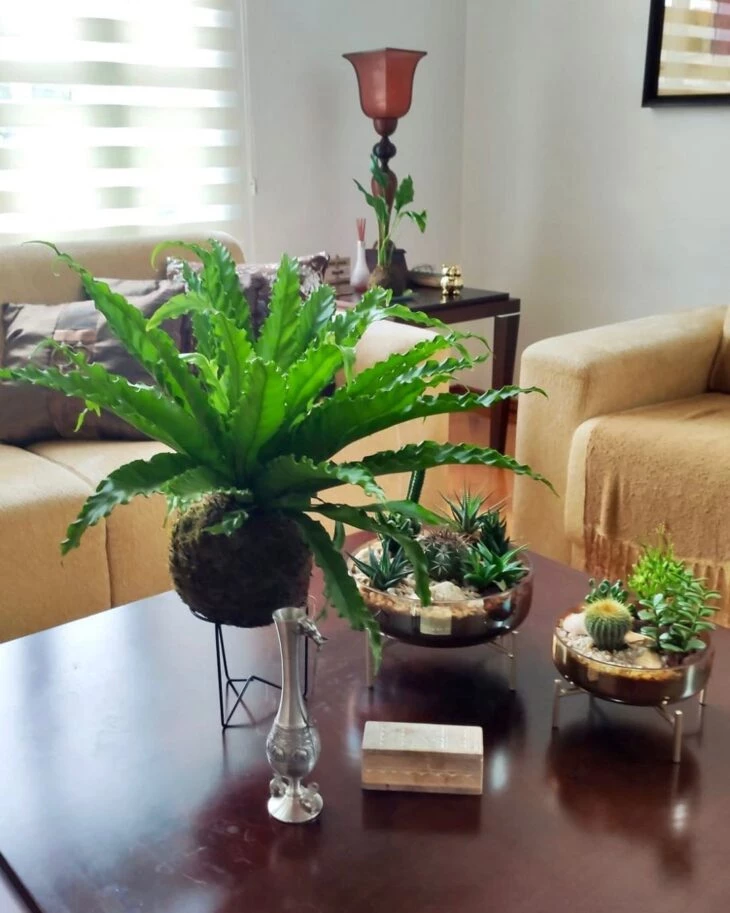
26. after all, standing water in the rosette can be a focus of the dengue mosquito
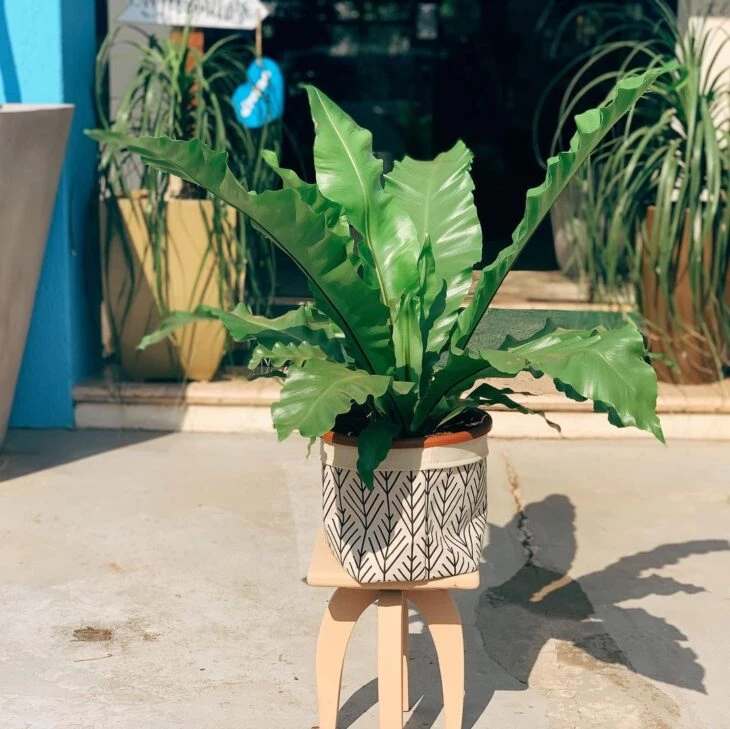
27. another important point for the health of the asplenium is the illumination
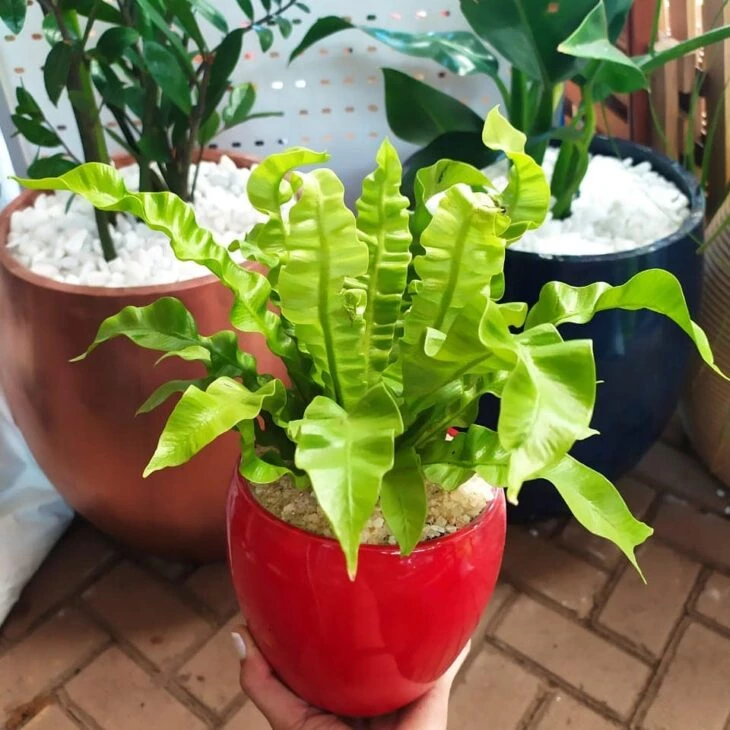
28. it should be in a shady or half-shady environment
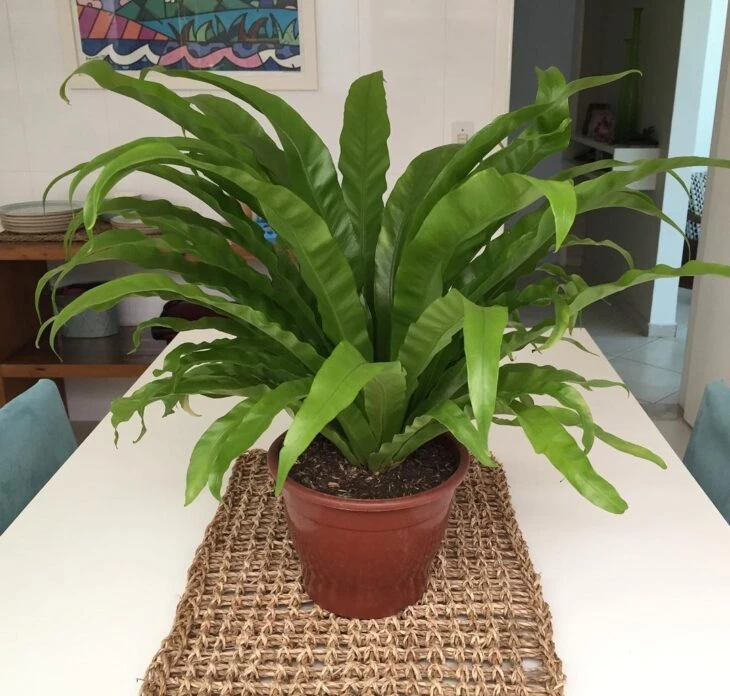
This makes it ideal for indoor environments
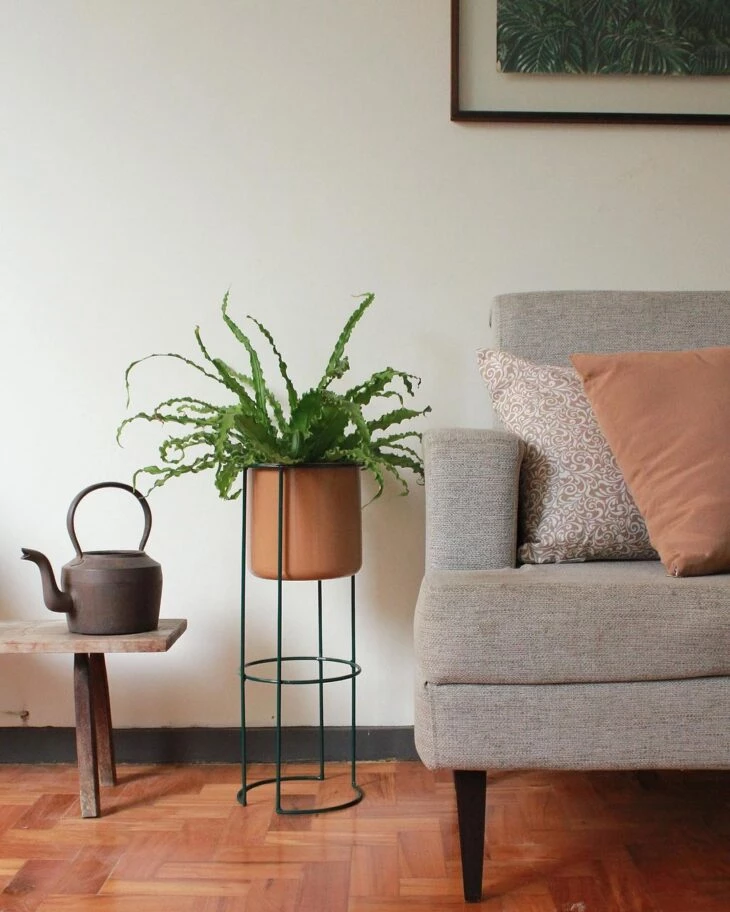
30. in this way, your plant will be very healthy and showy
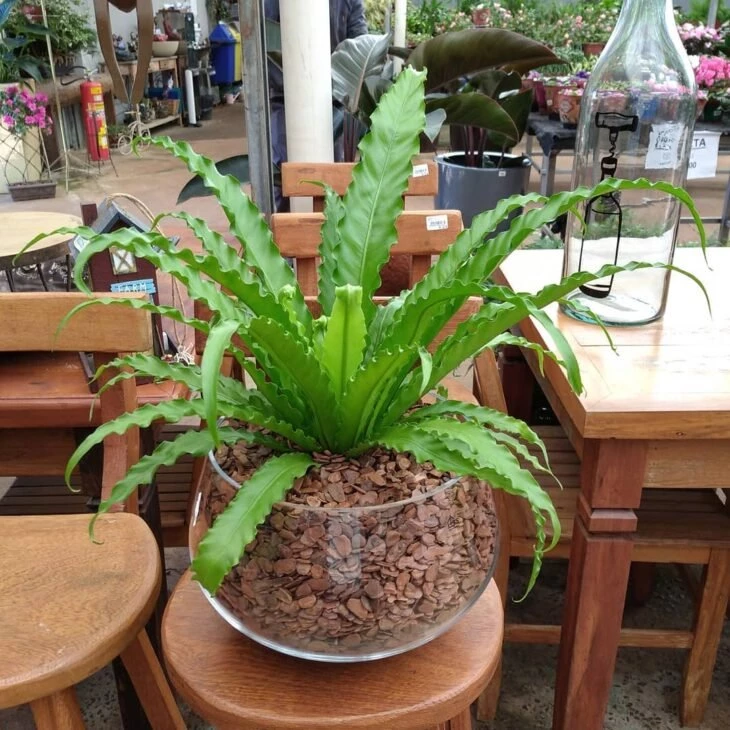
With these ideas it is clear that your next plant needs to be an asplenium, isn't it? Its various types and species make it look even more beautiful in pots or directly in the ground. Furthermore, to give continuity to your urban jungle, a good idea is to bet on plants suitable for rooms.


